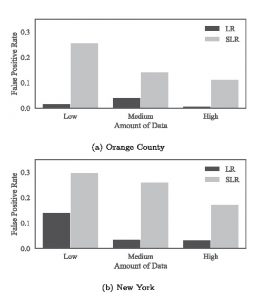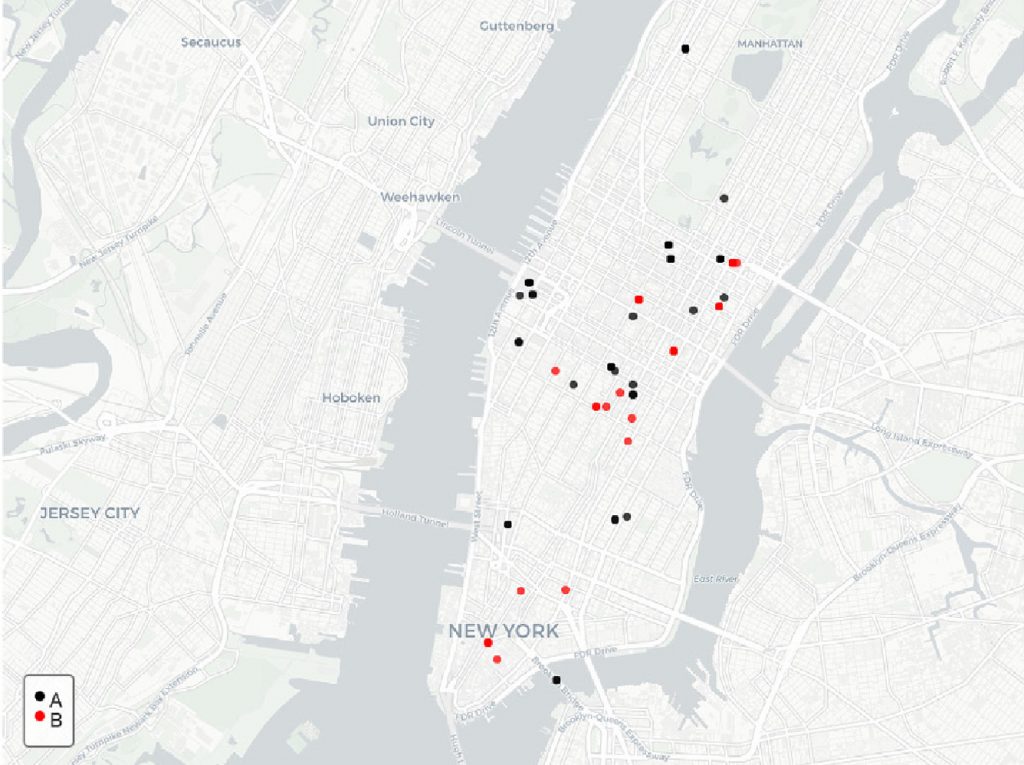Results from a recently published Center for Statistics and Applications in Forensic Evidence (CSAFE) study may provide a valuable starting point for further development of tools to aid forensic examiners focused on digital evidence.
“There is a growing need for the development of quantitative statistical methods in digital forensics,” said Chris Galbraith, lead author of the study and former Ph.D. student in statistics at the University of California, Irvine, who is now at Obsidian Security. “Existing forensic tools for digital evidence rely on extracting data from devices followed by exploratory analysis with little current support for statistical quantification.”
Galbraith and his colleagues sought to develop quantitative techniques to analyze geolocated data that is now available on modern mobile devices. Geolocated data is typically associated with events generated on a device, such as actions taken by a user in a software application, Galbraith explained.
“Given the prevalence of mobile devices, this type of spatial event data is now encountered with increasing regularity in forensic investigations,” said Galbraith.
The study, published in Forensic Science International: Digital Investigation, investigated the application of statistical approaches for forensic analysis of geolocated event data. For example, a forensic investigator may need to assess whether two sets of GPS locations corresponding to different accounts or devices were generated by the same source.
Galbraith and his colleagues developed two approaches to examine geolocated event data. The first was the likelihood ratio approach using kernel density estimation techniques to estimate the relative likelihood of the location evidence under the premise that two sets of locations were generated by a single source or from different sources.
The second approach developed a score to summarize the similarity of the two sets of locations and assessed the strength of the evidence resulting in the score-based likelihood ratio.

The research team used geolocation datasets of Twitter messages to evaluate their approaches. Galbraith said the popular social media app provided a useful publicly accessible source of user-event data that showed the geolocation of each message generated by an account.
The data was collected over two spatial regions, Orange County, CA, and the Manhattan borough of New York City, from May 2015 to Feb. 2016. Selecting only tweets with GPS data from public accounts, they were able to gather event data regarding the population density and the frequency of geolocated events in each area.
After filtering the data, the researchers applied their approaches to determine the effectiveness in quantifying the strength of evidence for sets of locations.
Based on the datasets they investigated, Galbraith said they found that both methods showed promise in being able to distinguish same-source pairs of spatial event data from different-source pairs. Although, they found that the likelihood ratio approach outperformed the score-based likelihood ratio approach.
“We believe these statistical approaches could be useful in ranking the similarity of multiple different sets of locations from known sources to a single set of locations from an unknown source,” said Galbraith.
Padhraic Smyth, Chancellor’s Professor of computer science, and Hal S. Stern, CSAFE co-director and Provost and Executive Vice Chancellor and Chancellor’s Professor of statistics, both from the University of California, Irvine, contributed to the study.
View and download the journal article at https://lib.dr.iastate.edu/csafe_pubs/75/.
View insights from this study: Statistical Methods for the Forensic Analysis of Geolocated Event Data.
Learn more about CSAFE’s research on digital evidence at https://forensicstats.org/digital-evidence/.




